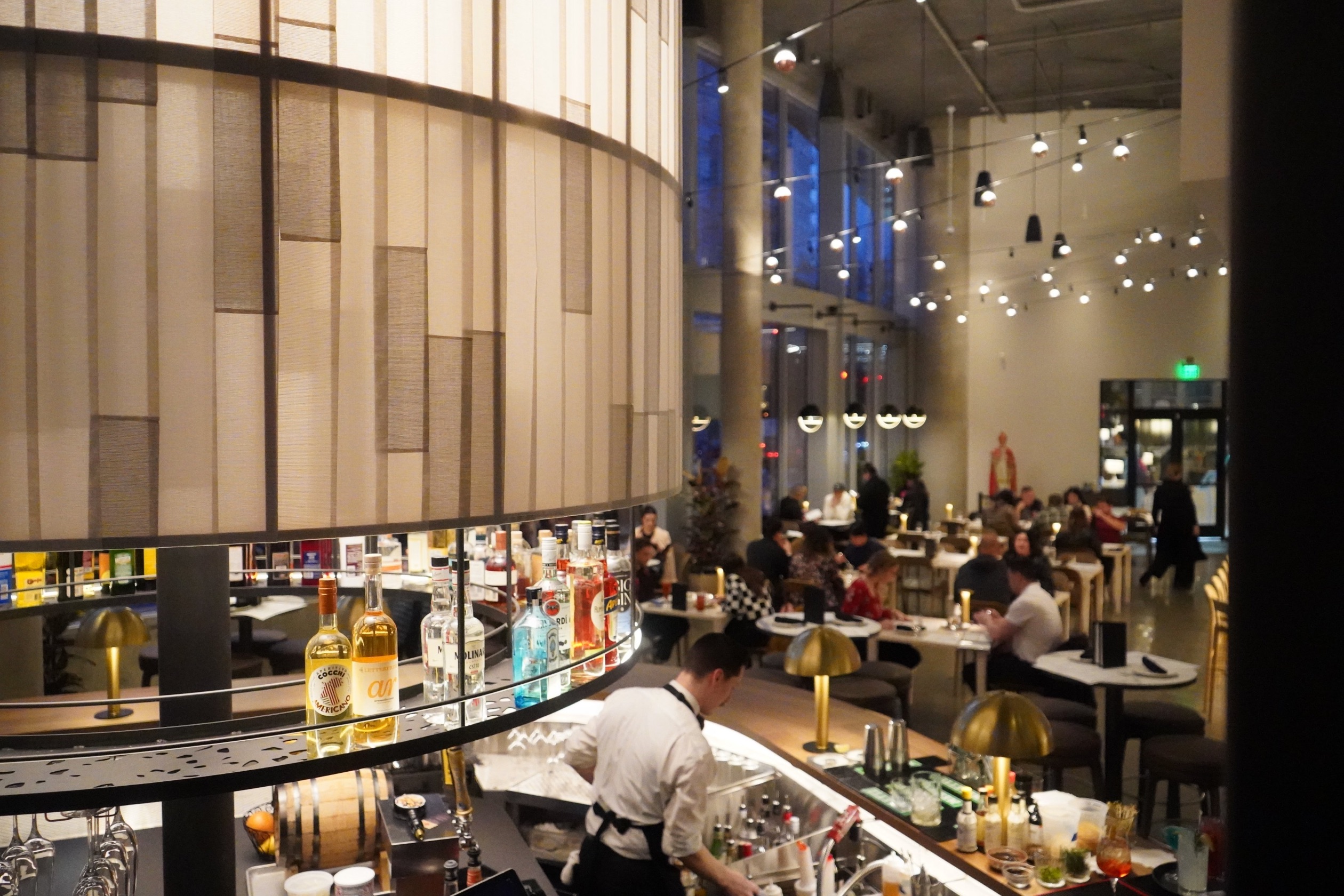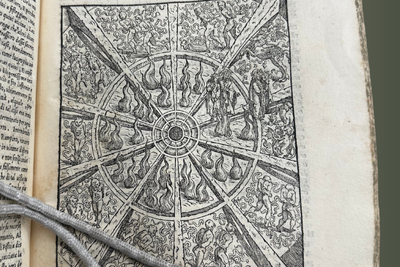Visitors to Tacoma’s Museum District are greeted by a mix of historic buildings as well as more modern structures, such as the Museum of Glass and the Tacoma Art Museum. It’s likely that most people don’t even notice the small red brick building on Pacific Avenue, just steps away from these tourist sites.
If only they knew the pivotal role that the Pagni & Lenti building, as it is known today, played in the history of Tacoma and its Italian-American community. Built in 1890 by Tacoma developer Russell T. Joy, the triangular-shaped building across the street from Union Station was initially used as a railroad baggage depot. Over the next decade, it became a drug store, sheriff’s office, hat shop, bakery and harness shop.
In 1903, Pietro Pagni, an Italian immigrant from Tuscany, traveled to Tacoma and opened a grocery store with his partner, Lenti (whose first name appears to be lost to history). The Little Country Grocery Store was an old-fashioned mom-and-pop shop filled with fruits and vegetables, candy, cigars and tobacco. Its shelves were lined with canned goods and specialty items imported from Italy. There were bins of home-made pasta and containers of meat sauce hand-made by the Pagni family. Bottles of wine were available to customers even during Prohibition, or so the story goes.
In the early 1900s, Tacoma was a boom town nicknamed the “City of Destiny.” Its growth was fueled by the announcement that the Northern Pacific Railroad would extend its line to meet ocean-going vessels that docked at the Port of Tacoma. When that news became public, the town’s population soared. Manufacturing, trade and housing markets exploded.
In 1906, the architectural firm of Reed and Stem began designing a new train station that was more befitting Tacoma’s image as a prosperous metropolis and soon-to-become railway terminus of the Northwest. Construction of Union Station began in 1909 and was completed two years later. Today, the decorative Beaux-Arts building with its copper dome houses a U.S. District Courthouse.
Given its proximity to the train station, the Little Country Grocery Store was often the first place to welcome Italian immigrants newly arrived in town. Weary, disoriented, surrounded by strangers and a strange language, the newcomers would stop in at the grocery store, ask directions, seek recommendations for cheap but safe accommodations, and inquire about jobs. For some 30 years, it was a social hub and gathering place for Tacoma’s Italian-American community.
Lenti was not a business partner for long. Soon, the name of the store was changed to Pagni & Sons, reflecting the Pagni family’s sole ownership. Pietro Pagni worked there until his death in 1931. Family members kept the business going until about 1940.
Today, the well-groomed, brightly lit neighborhood is brimming with boutiques, restaurants and coffee shops. Scores of young people go to and from classes at the University of Washington Tacoma, while residents and tourists alike frequent the nearby museums and government buildings.
It’s hard to believe that some 40 years ago, during the 1970s and 1980s, the area was home to cheap bars and card rooms, dark parking garages and derelict buildings. The last passenger train left Union Station in 1984, and the rail station had become so rundown that Union Pacific sold it to the City of Tacoma for one dollar. When the University of Washington proposed opening a branch campus nearby, many thought the idea was preposterous.
But university officials saw it as a golden opportunity, and they began to buy and renovate the empty warehouses that lined Pacific Avenue. Once the university moved in, private businesses followed. Between 1990 and 2003, roughly $1.5 billion in public and private money was invested in downtown Tacoma.
The University of Washington purchased the triangular building with its rich history and renamed it the Pagni & Lenti building to honor the original Italian storekeepers. Oddly enough, more recent occupants of the building had their own Italian-American ties. Grassi’s Garden Café was installed there for many years, and two years ago, Elemental Pizza moved in.
Today, diners at Elemental Pizza enjoy the building’s exposed red brick walls, curved staircase leading to a second-floor seating area and wood-fire pizza oven. Just inside the front door, prominently displayed, is an undated black-and-white photo taken outside the building.
Judging from the style of dress, the photograph was taken in the early 1900s. Five men, all wearing hats, are lined up on the sidewalk. Two appear to be professionals, dressed in business suits, and two are clearly laborers. The fifth figure, most likely Pietro Pagni, has a bushy mustache and wears a butcher’s apron with a wildly patterned sweater thrown over it.
Struck by the building’s unique provenance, the current owners of Elemental Pizza wanted to learn more about the store’s history and former occupants. Restaurateur and co-owner James Allard met with members of the Pagni family who shared family photos and stories with him.
In a final salute to the original tenants of long ago, Elemental Pizza now serves a Pagni Pie. The pizza is topped with prosciutto, coppa, fresh mozzarella and basil on a tomato base—a fitting tribute to the grocery store owners of a century ago.






























